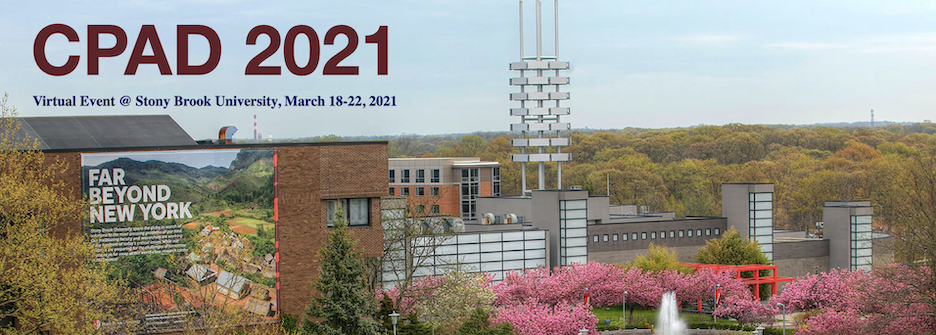Speaker
Description
The next generation of high energy physics colliders call for major advances in tracking detector technology. For example, the proposed FCC-hh calls for a tracker with 5 um spatial resolution per hit and 5 ps time resolution per track, in order to disentangle the expected 1000 proton-proton collisions per bunch crossing. We will present results of the collaborative work by FNAL, BNL, and KEK in developing detector technologies to achieve these goals. Low-Gain Avalanche Detectors (LGADs), developed for High Luminosity LHC experiments have demonstrated precise time resolution (30 ps), but only coarse position resolution (1 mm). Recent advances in design, including AC-LGADs and Trench-Isolated LGADs, can extend the LGAD concept to smaller pitch sizes, and spatial resolution on the order of 10 um. Another avenue for advancement in LGAD design is the possibility to develop sensors based on Depleted Monolithic Active Pixel Sensors (DMAPS) technology using a CMOS process. Monolithic sensors are expected to significantly reduce costs while maintaining radiation hardness and time resolution performance. We will present recent advances in these technologies, results from laboratory and test beam measurements, and an outlook on the future directions of the technology.
